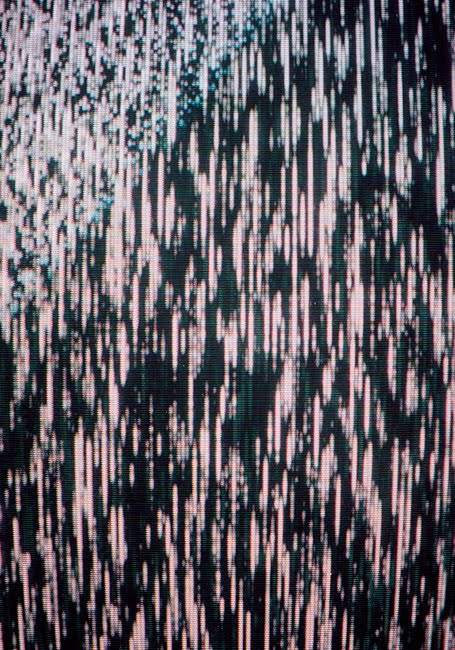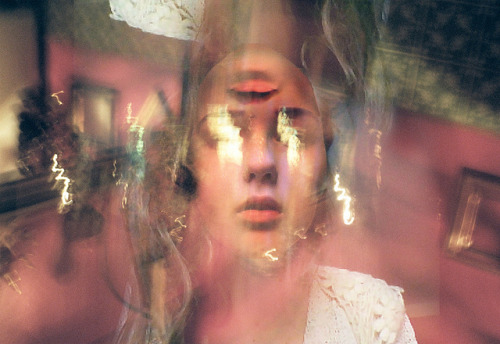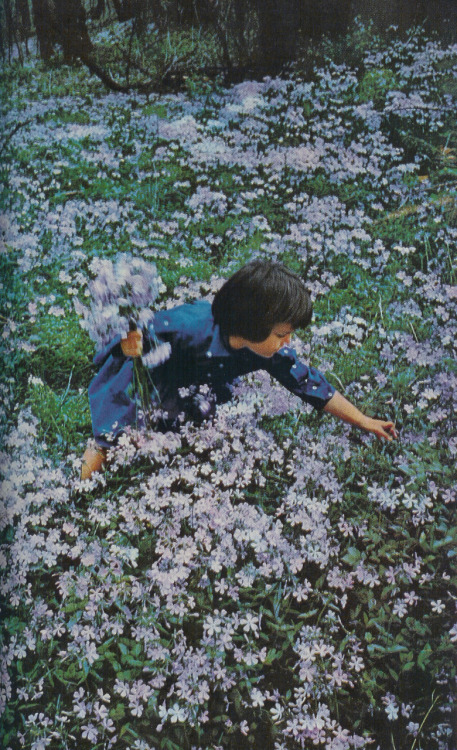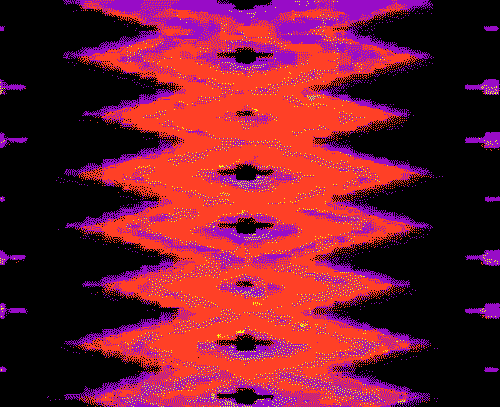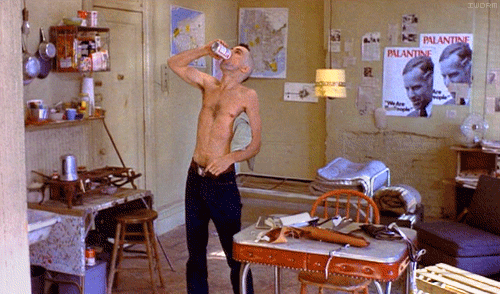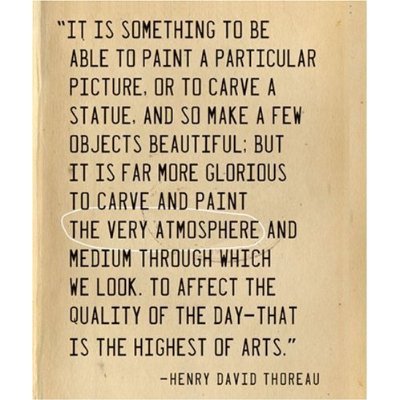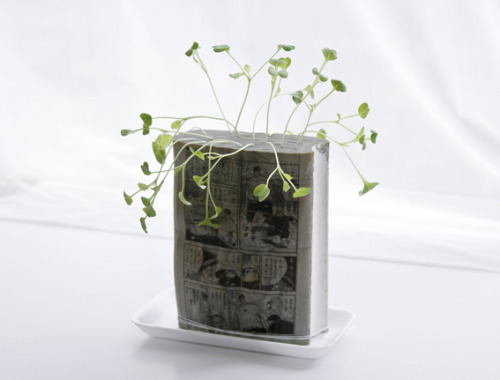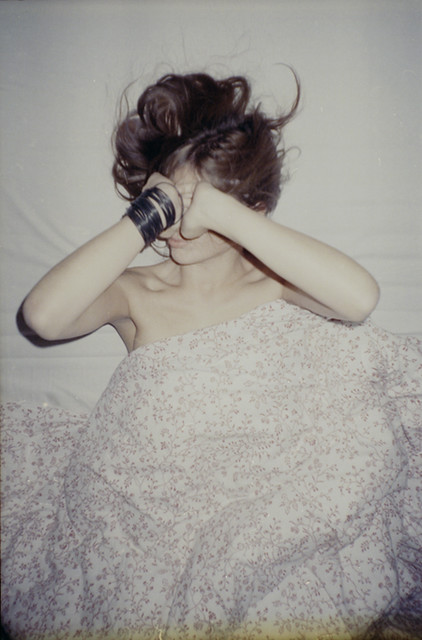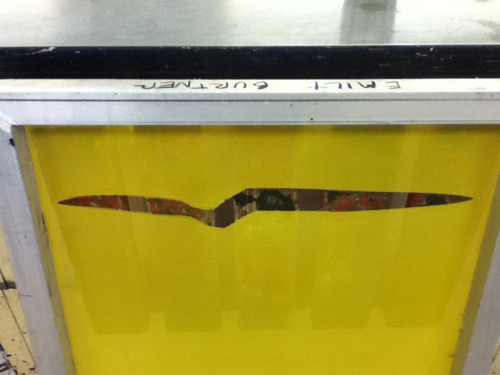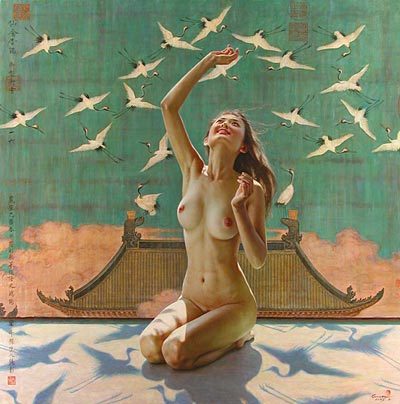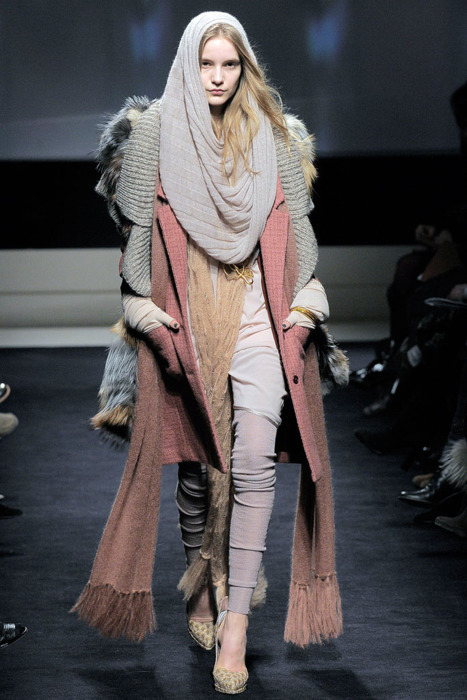Monday, November 28, 2011
Tuesday, August 16, 2011
Tuesday, May 17, 2011
Monday, May 9, 2011
Wednesday, April 20, 2011
Marina Abramovic
!!!!!!!!!
Tuesday, April 19, 2011
Janet Champ's Neutrogena Hands
NG Scans
Tuesday, April 12, 2011
Friday, April 8, 2011
![[woodman006.jpg]](https://blogger.googleusercontent.com/img/b/R29vZ2xl/AVvXsEjFGhlHTwgfx8GaFKKoev6XIews6TBHX5Y3vVPHqftIkWU5dNhSGqG0XZB9PBopzKoPjHwbjTCTgdHMrVGmY73K0M9LztWfY9_7nBLkC0yL0Rj06GWZgqF5jAlRLVwZGb9dI93vH_YmvkG2/s1600/woodman006.jpg)
![[francesca+woodman01.jpg]](https://blogger.googleusercontent.com/img/b/R29vZ2xl/AVvXsEhRfav9Urd3iS2mZ3lntSIix_eQ8s_nvhpW_5hi5_nEGKOZ8pz5kSHmLPe1qWS1BedBAsKQvpBlm0U5DClmwz65aiwvrWDBmvg1yQVm_ZDea8Lpl4P3gfOgZ3tNVCxlBCitETZ3UKBiCyPo/s1600/francesca+woodman01.jpg) Francesca Woodman, Self-deceit #1, Rome, 1977-1978. Gelatin silver estate print 25.4 x 20.3 cms, 10 x 8 inches.
Francesca Woodman, Self-deceit #1, Rome, 1977-1978. Gelatin silver estate print 25.4 x 20.3 cms, 10 x 8 inches.![[Akerman_2.jpg]](https://blogger.googleusercontent.com/img/b/R29vZ2xl/AVvXsEjxWmWwwsTfnCDXBZ4FaBqNI765pq-BDfcdXAq51S3ADdf6oAn-GPjQ2XAlKCbQN2RKQjkZ0Kif6cDMWwN0g1RKFTtqS-6rbfFEaFbBLRhtP-gAEJwWc4kXnDQnZkcW0JDv26E5xEXxquag/s1600/Akerman_2.jpg) Chantal Akerman, Mirror Still, 1971-2007, Mirror, 16 mm transfered to DVD
Chantal Akerman, Mirror Still, 1971-2007, Mirror, 16 mm transfered to DVD ![[138_jonas.jpg]](https://blogger.googleusercontent.com/img/b/R29vZ2xl/AVvXsEjJA6ipgxtMNdtjI8MWHDY5vvJT_3em81_F1OrId9WM77GkdRdTBIDBQxm3fxxByAg1fLM0pmSvVbaxBiswff0xuZ4D4ctMJ_DefiC_zRFfhfgrU-4rP4JALTOT0YYxHaXYKHHtDF1YO6e8/s1600/138_jonas.jpg) Joan Jonas kép, jonas a frieze-ben, az artpool-on (itt tükrös darabjairól Beke Lászlóval beszélget)
Joan Jonas kép, jonas a frieze-ben, az artpool-on (itt tükrös darabjairól Beke Lászlóval beszélget)
Sunday, April 3, 2011
Untitled (Creek #2)
running time: 3 minutes, 30 seconds
Wednesday, March 30, 2011
Luminant Point Arrays

The Luminant Point Arrays show tube televisions in the moment they are switched off. The television picture breaks down and creates a structure of light. The pictures refuse external reference and broach the issue of the difference between abstraction and concretion in photography. The breakdown of the television picture describes the breakdown of the reference. The product is self-referential photography.
Wednesday, March 16, 2011
Tuesday, March 15, 2011
still one of my favorites
Thursday, March 10, 2011
cross processing notes

By: Jim Causey
film notes (unrelated to photo)
Fuji Sensia 100 – Red
Fuji Sensia 200 – Green
Fuji Sensia 400 – Green
Fuji Provia 100 – Green
Fuji Provia 400 – Green
Fuji Velvia 50 – Green/Blue
Fuji Velvia 100 – Red
Agfa CT Precisa 100 – Green/Blue
Kodak Ektachrome 100 – No colour shift, increased contrast & saturation
Kodak Ektachrome EPT 160T – No colour shift, increased contrast & saturation
Pushing & Pulling Film:
you can read the full thread, or keep reading for my condensed version.
Pushing film involves deliberately underexposing your image, then asking your lab to push (over-develop) the film 1 or 2 stops to compensate. This results in higher contrast than you would get shooting and developing a film at its rated speed.
Pulling film involves deliberately overexposing your image, then asking your lab to pull (under-develop) the film 1 or 2 stops to compensate. This results in lower contrast than you would get shooting and developing a film at its rated speed.
Bear in mind that cross processing already increases contrast, so you may have to consider pulling the film to compensate. Here are a couple of real world examples:
- Its sunny outside, and what you are shooting is very high contrast. You shoot 200 ISO film as if it were 100 ISO. You then drop your film off and ask the lab to cross process it, and to pull 1 stop. This results in your pictures having more normal contrast while still leaving room for colour casts.
- You are shooting something indoors, and there is low contrast in your scene. You shoot your 400 ISO film as if it were 800 ISO. You subsequently drop your film off at the lab and ask them to cross process it, and to push 1 stop. This results in your pictures have higher contrast than they would have done normally.
Types of cross processing
- E6-C41: taking slide (colour reversal) film, and processing it in colour negative chemicals. This is the most common type of cross processing. It usually results in increased contrast with strong colour casts.
- C41-E6: taking colour negative film and developing in slide chemicals. This usually results in muted pastel colours with very little contrast. As a result you may want to ask your lab to push 2 or 3 stops to increase the contrast.
- E6/C41-B&W: taking colour reversal or negative film and processing as black and white. This results in a black and white negative. As colour film is usually more expensive than B&W, you may want to only use this technique if you are out shooting colour and decide you'd rather have B&W.
some cross processed images:
- The film used was Fujifilm Sensia 400/cross processed.
*First of all, cross processing may overexpose your image by about one stop. Therefore, you need to account for this when shooting. If you’re shooting 100 ISO film, just set your camera setting to 200 ISO. This will allow less light in, taking care of the overexposure. It’s best if you run a roll normally, with no adjustments, to determine if you even need to worry about this.
The first roll I did was processed pretty much on target, without any ISO adjustments.
via, photogformula.some more enjoyable links:
Ten Reasons to Love Cross Processed Film
Tuesday, March 8, 2011
hellllll yeahhhhh.
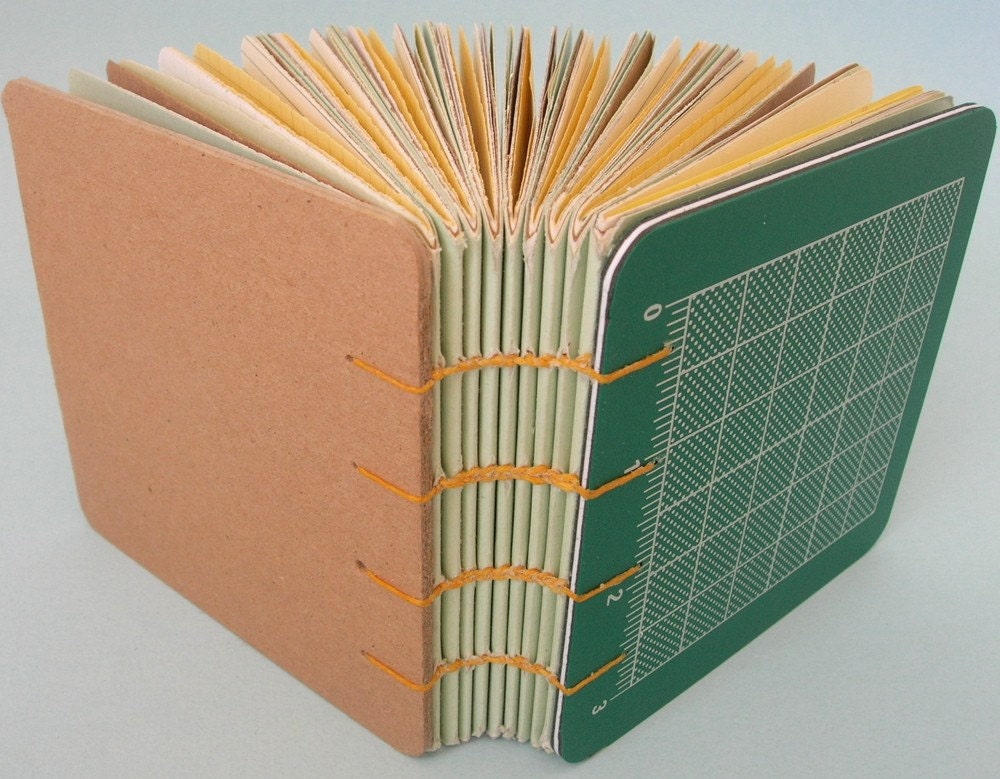
LOUISE GRAY — Spring 2010 RTW
Sunday, March 6, 2011
Do Whatever You Want All The Time
Thursday, March 3, 2011
Stairwell collages
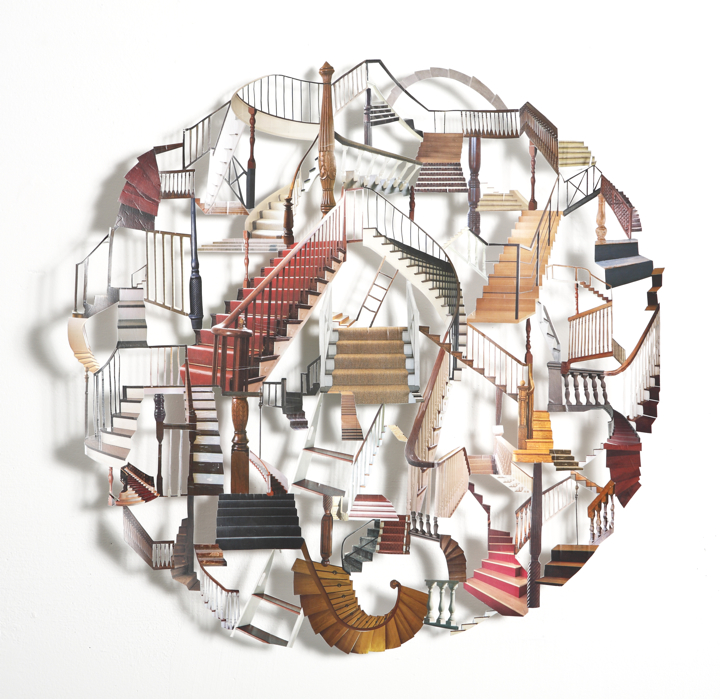
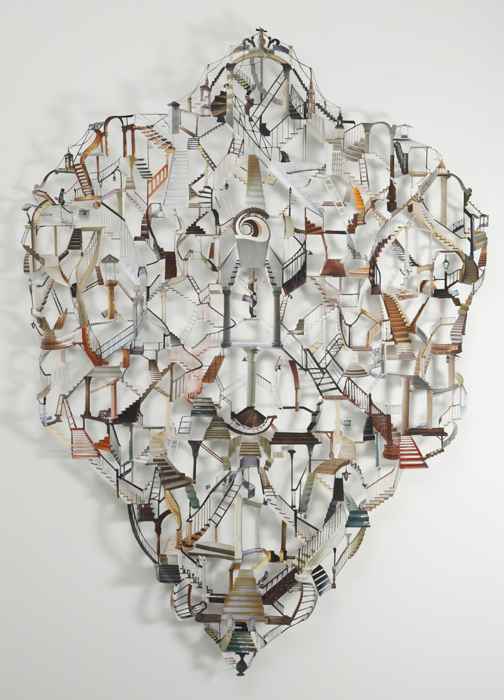
Stairwell collages (magazine images on mylar) by Kirsten Kindler at ADA Gallery via Lorraine Glessner.


